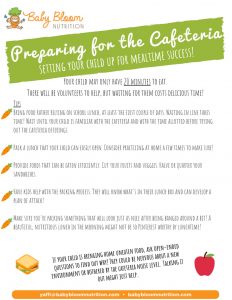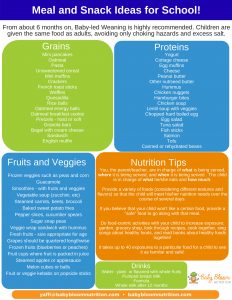It’s even worse when the child in question is a selective (picky) eater.
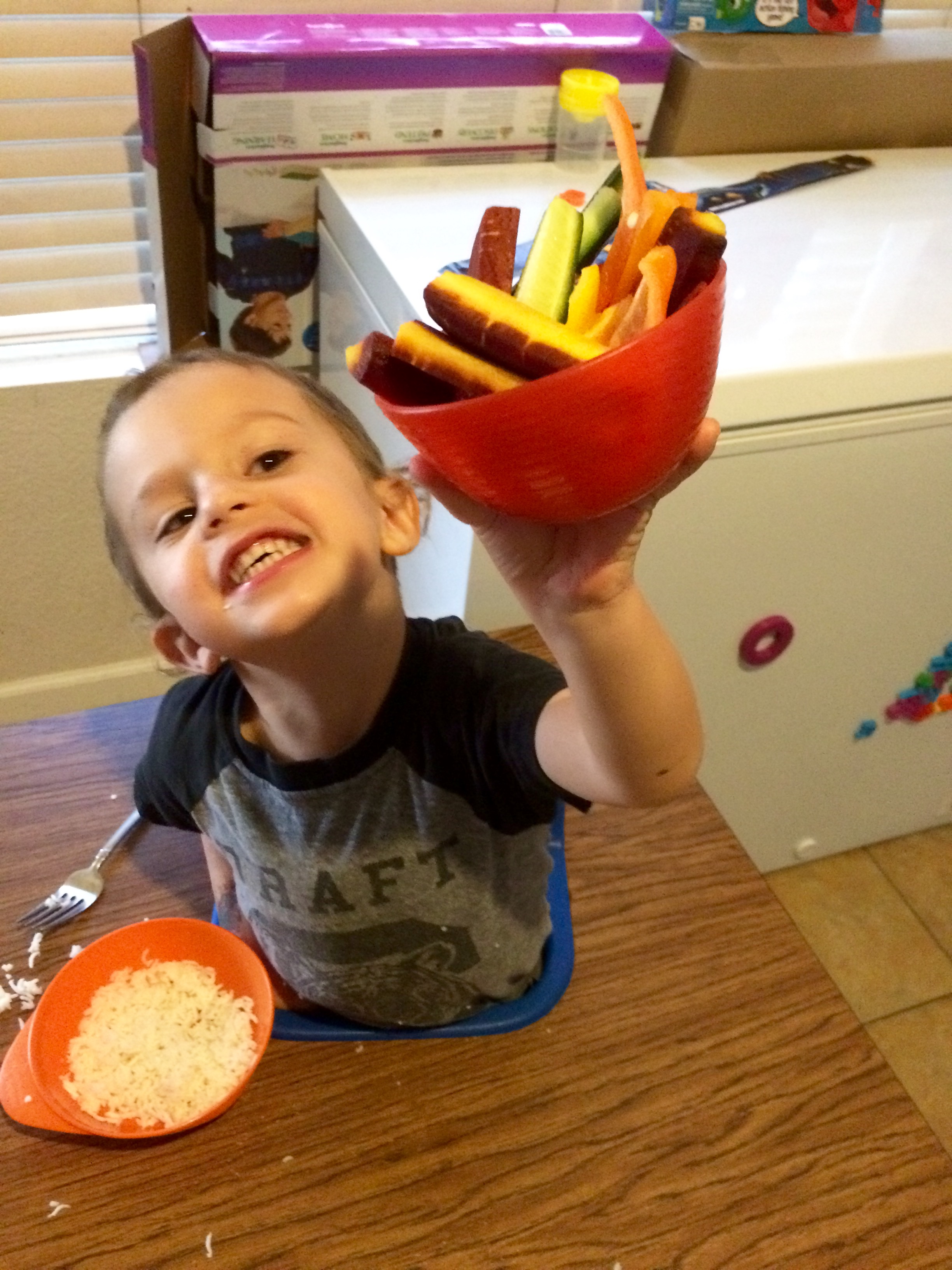
But at school, it’s different. You pack her lunch, send her off, and hope for the best.
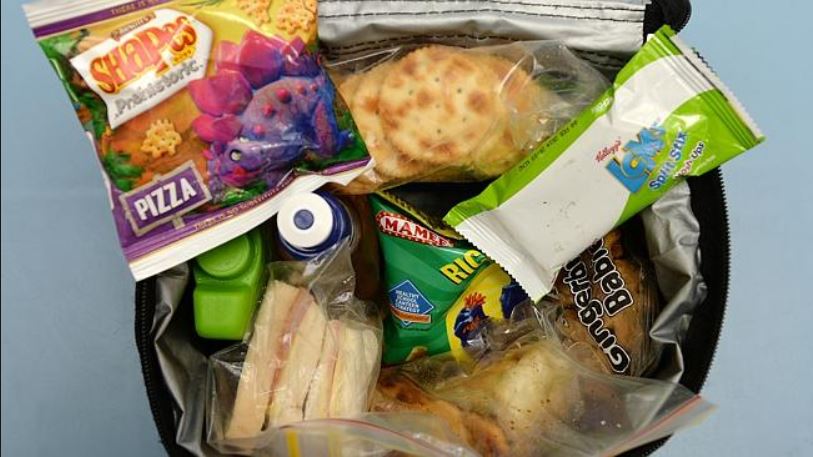
Here are a few fun tricks to help make your little’s lunch more acceptable to her eyes, and her belly.




Pressure can also come from well-meaning parents. Anna M. Lutz, MPH, RD, LDN, CEDRD-S of Sunnyside Nutrition, says, “I encourage parents not to comment on what they did or did not eat when they clean out their lunch box at the end of the day. This can feel like pressure to a lot of kids.”
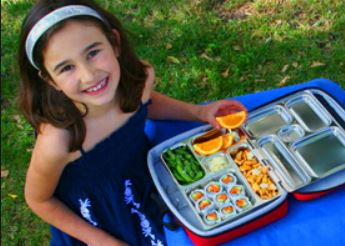

Make small, and easy, changes to foods your child already accepts. Cut a sandwich into smaller squares and skewer it with strawberries to make a sandwich kebab. If your child prefers PB&J, try peanut butter (or sunflower seed butter) with chia jam. And then chia jam with cream cheese.


How to prep for the cafeteria (left)
Division of Resposibility at school (middle, great thanks to Elisheva Dorfman, LMFT and Dina Cohen, MS RD)
Meal and snack ideas for school (right, with printable pdf)

